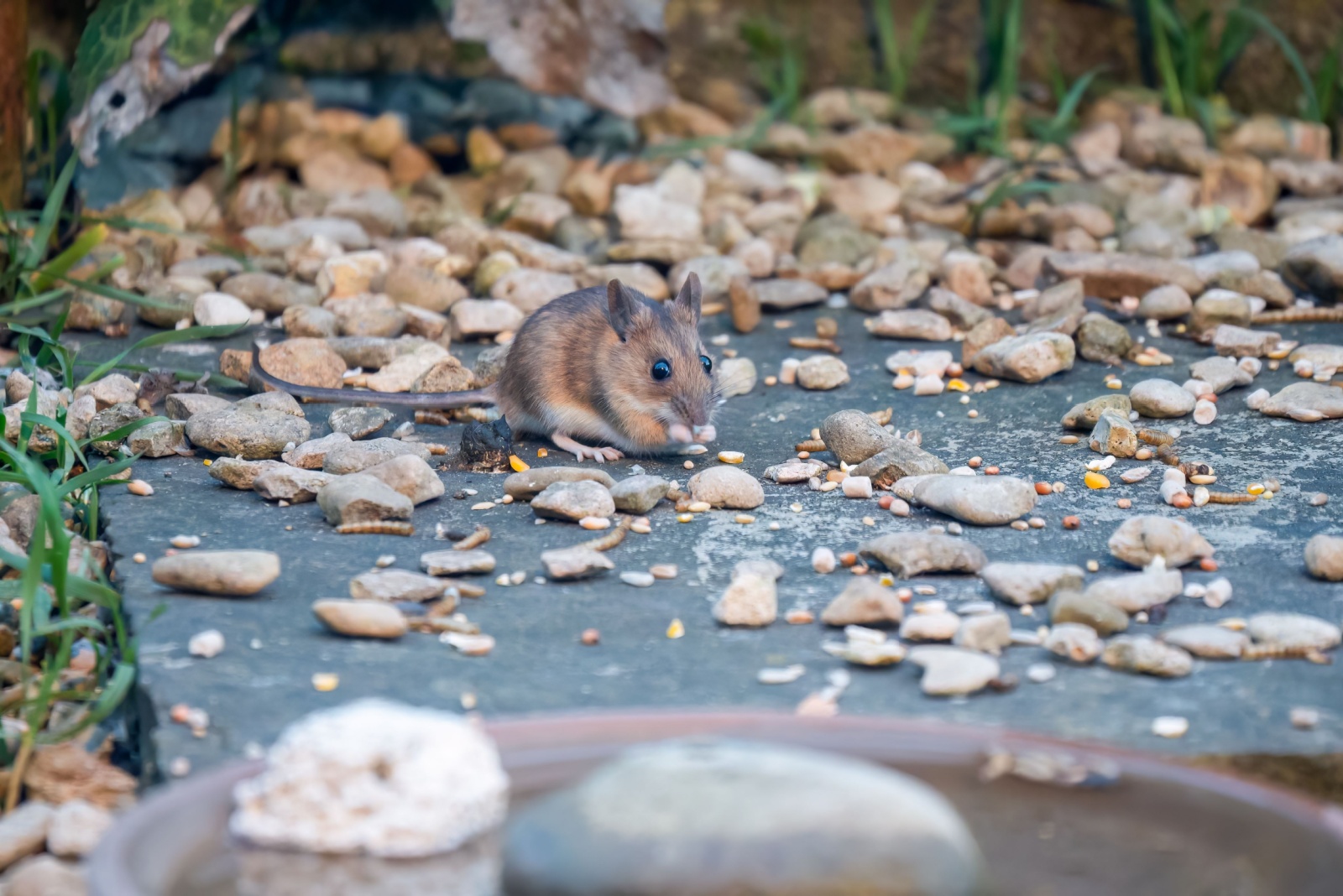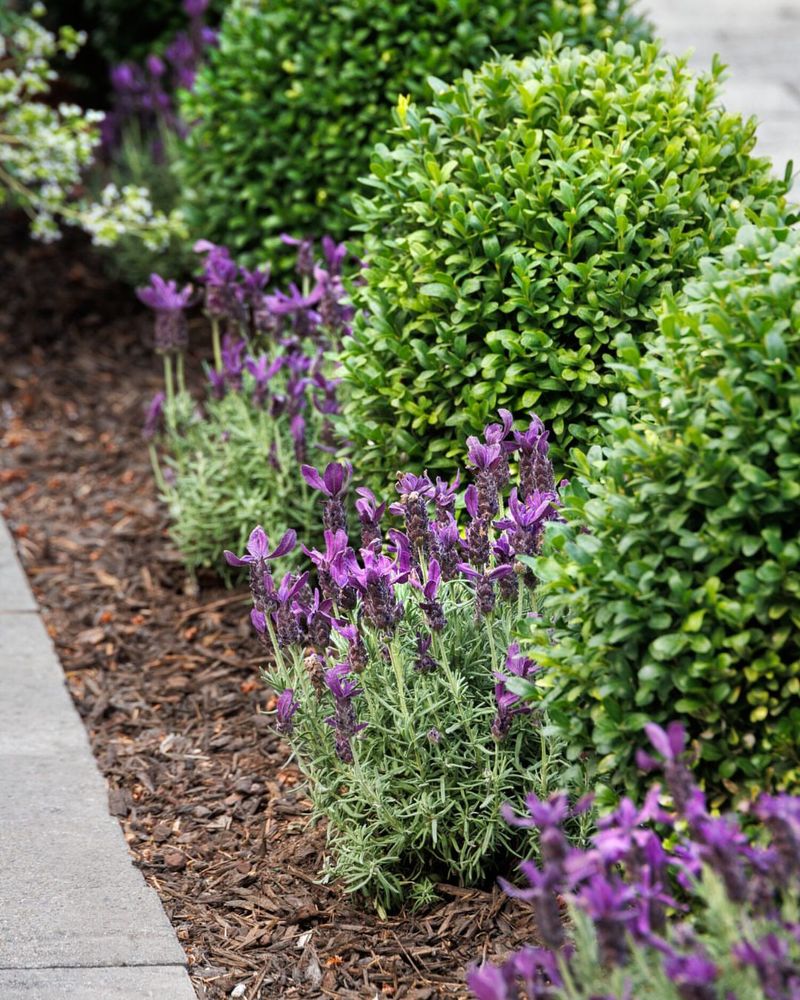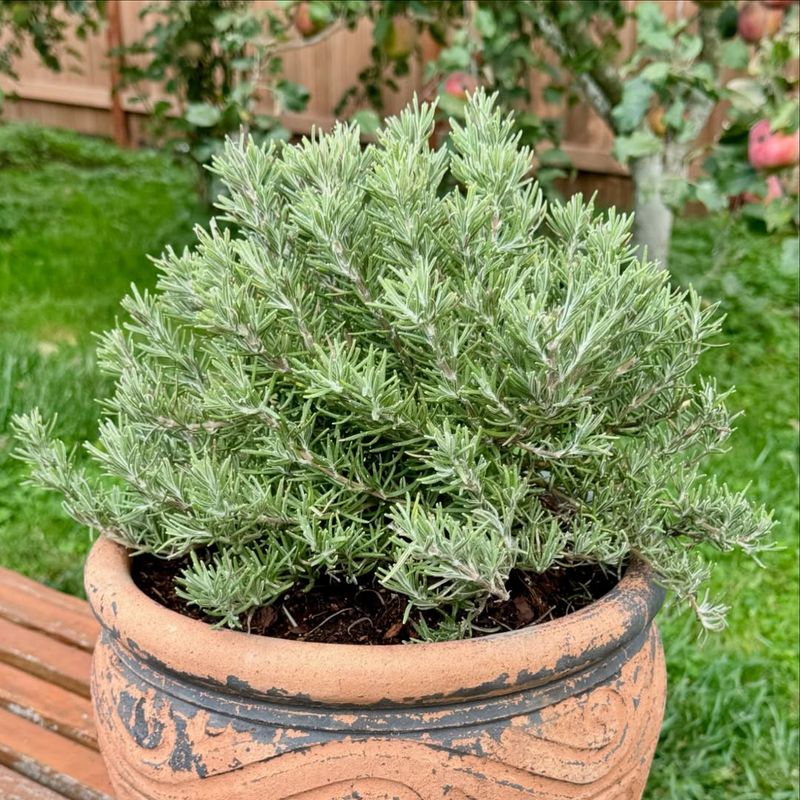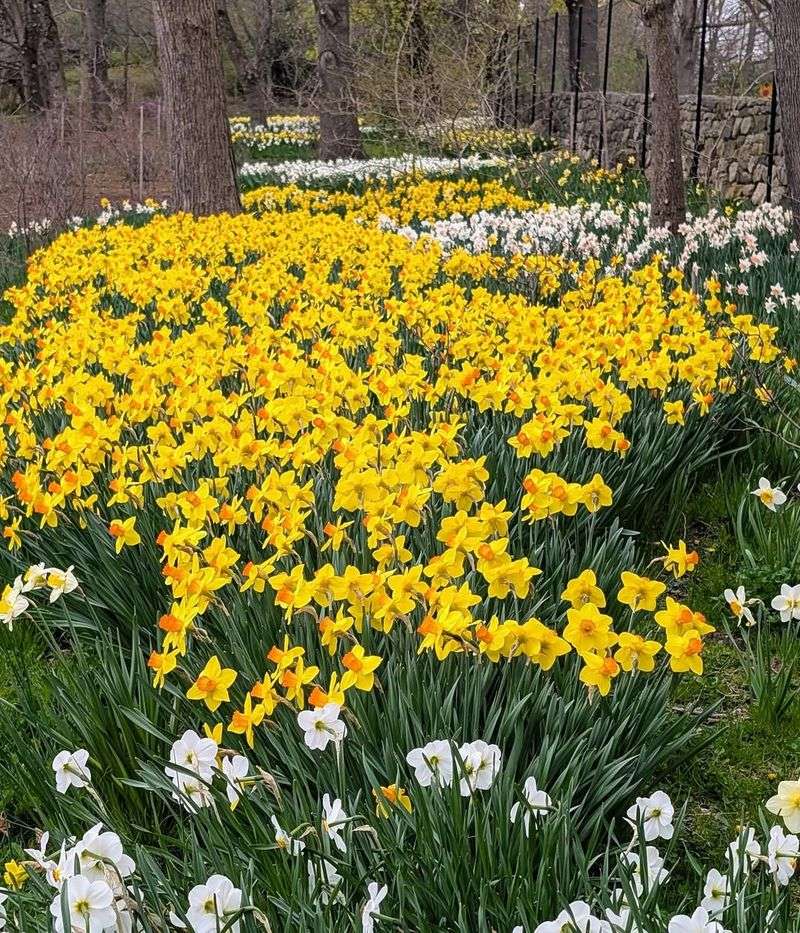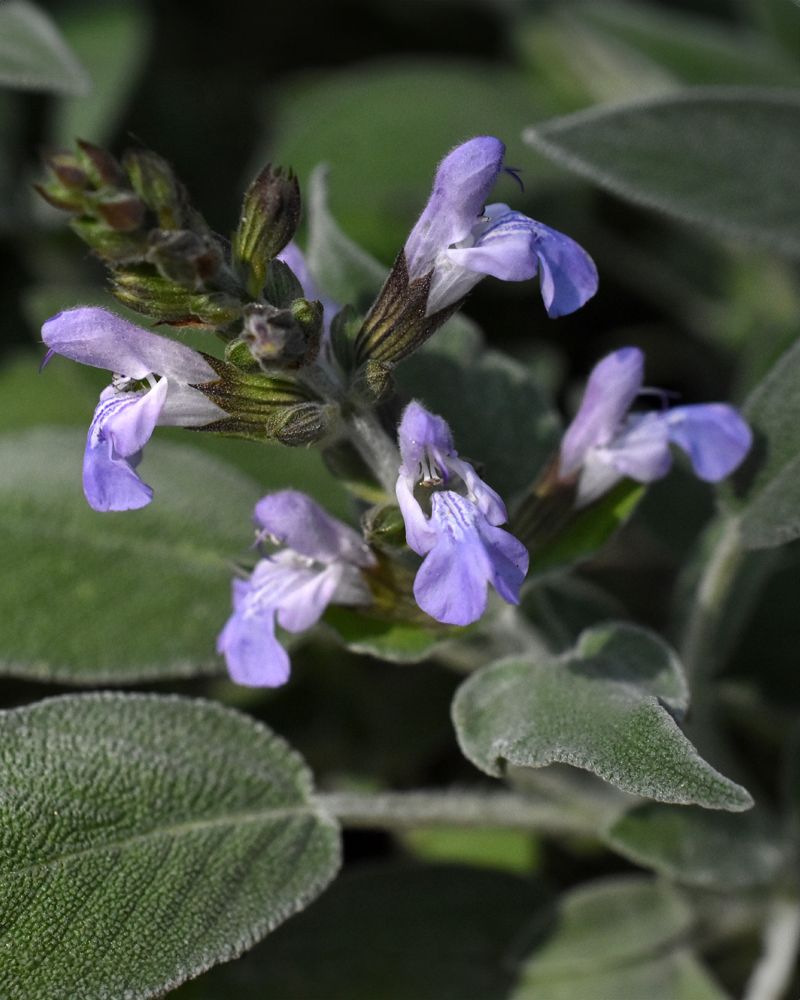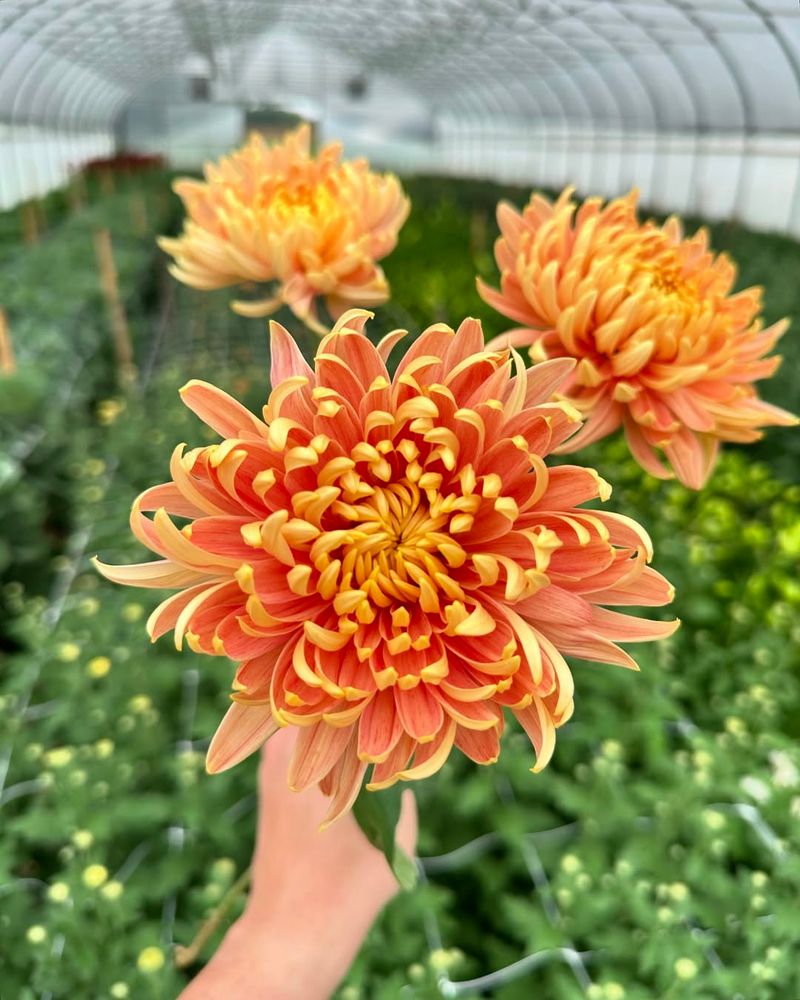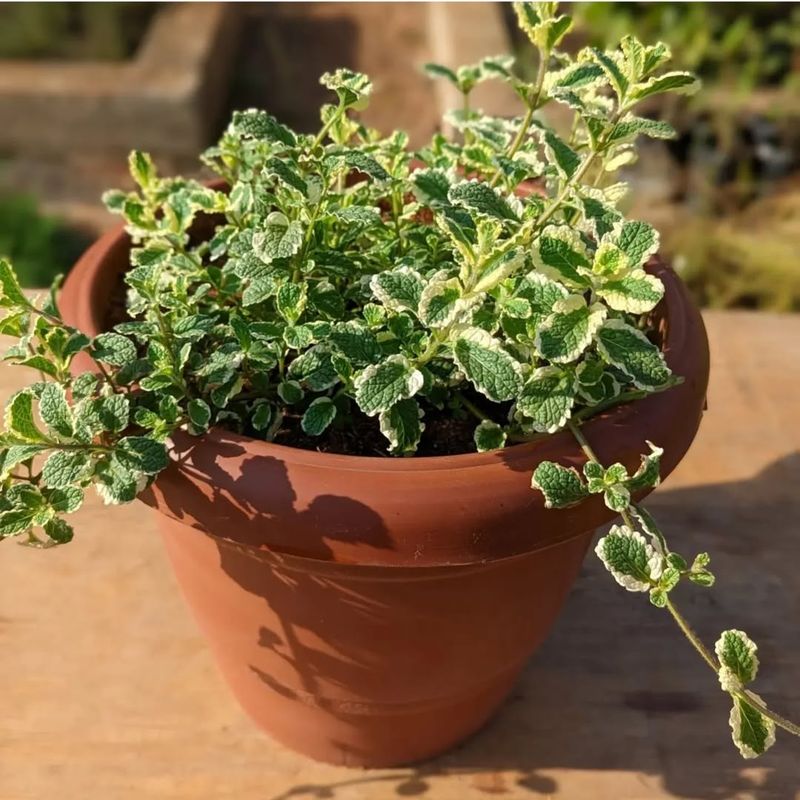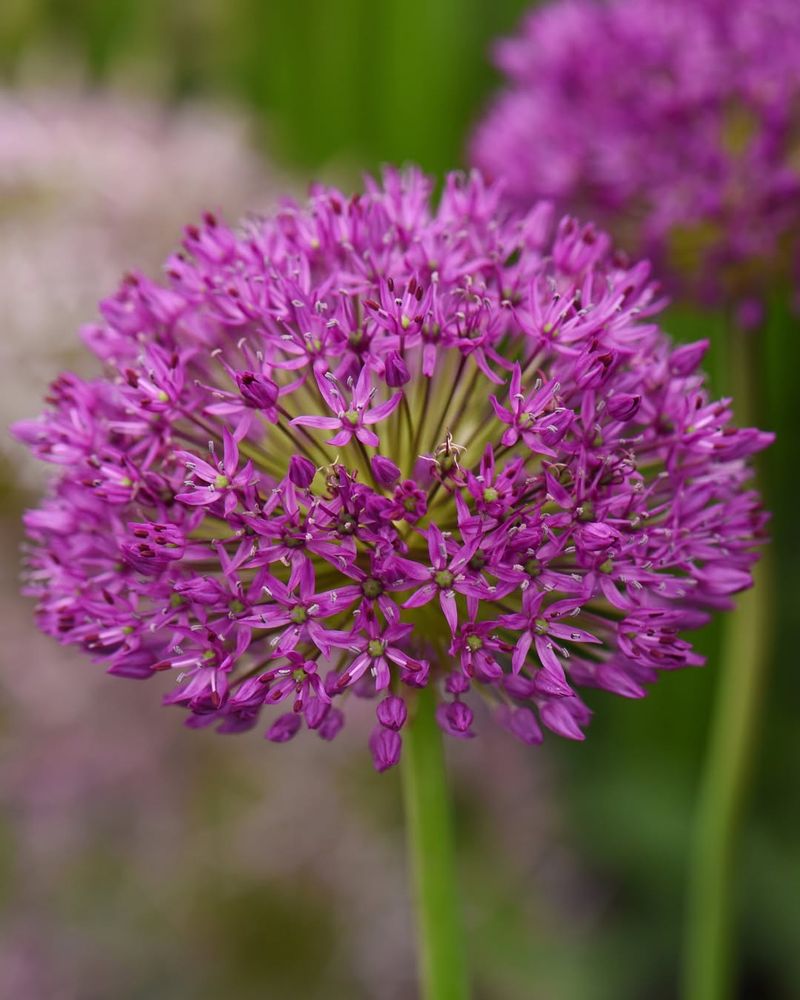Mice can be a real headache for homeowners in Washington, sneaking into gardens and making themselves comfortable where they’re not welcome. Instead of reaching for harsh chemicals or traps, why not let nature do the work?
Certain plants give off scents and oils that mice absolutely can’t stand, making them natural pest control heroes for your yard.
1. Peppermint
Strong minty aromas might smell refreshing to us, but mice find them overwhelming and unpleasant. Peppermint releases powerful oils that irritate their sensitive noses, sending them running in the opposite direction.
Plant this herb near entrances, patios, or garden borders where mice typically travel. Washington’s climate works perfectly for growing peppermint, though it spreads quickly, so consider containers.
Bonus: you can harvest fresh leaves for tea or cooking while keeping rodents away naturally.
2. Lavender
With its gorgeous purple blooms and calming scent, lavender seems like a garden dream come true. Mice, however, despise its fragrance and will avoid areas where it grows abundantly.
This Mediterranean plant thrives in Washington’s drier summer months and requires minimal watering once established. Place lavender along pathways, near sheds, or around your home’s foundation for maximum protection.
The dried flowers also work indoors as sachets to discourage mice from entering your house.
3. Rosemary
Rosemary’s woody stems and pine-like fragrance create an environment mice simply won’t tolerate. The essential oils in its needle-shaped leaves are particularly offensive to rodents seeking shelter or food.
This hardy evergreen herb handles Washington’s mild winters beautifully and can grow quite large over time. Position rosemary near vegetable gardens, compost bins, or outdoor storage areas where mice might be attracted.
You’ll appreciate having fresh rosemary for roasting potatoes while mice keep their distance.
4. Marigolds
Cheerful marigolds bring vibrant color to any garden while their pungent smell keeps unwanted rodents at bay. The strong scent comes from compounds in the leaves and flowers that mice find absolutely repulsive.
Plant marigolds as borders around vegetable patches or flower beds throughout Washington’s growing season. They’re annuals, so you’ll need to replant each spring, but their pest-fighting abilities make them worth the effort.
Marigolds also deter other garden pests like aphids and mosquitoes.
5. Garlic
Vampires aren’t the only creatures that avoid garlic—mice hate it too! The sulfur compounds that give garlic its distinctive smell and taste are incredibly offensive to rodent senses.
Washington gardeners can plant garlic cloves in fall for a summer harvest while enjoying year-round mouse protection. Space them around garden edges, near chicken coops, or alongside other vegetables that need defending.
When harvest time arrives, you’ll have fresh garlic bulbs for cooking and improved soil health from this natural pest fighter.
6. Daffodils
Springtime wouldn’t be complete without daffodils brightening up Washington landscapes with their sunny yellow blooms. What many don’t know is that these cheerful flowers are actually toxic to mice and other rodents.
The bulbs contain poisonous alkaloids that mice instinctively avoid, making daffodils excellent perimeter plants. Once established, they return year after year without replanting, providing long-term protection.
Plant them densely around your yard’s edges or near foundations where mice might attempt entry into your home.
7. Catnip
Cats go crazy for catnip, but mice absolutely detest it—talk about opposite reactions! The nepetalactone oil that attracts felines acts as a powerful mouse repellent, creating a natural barrier in your yard.
This hardy perennial grows enthusiastically in Washington’s climate, sometimes too enthusiastically, so plant it where spreading won’t cause problems. Position catnip near garage doors, garden sheds, or woodpiles where mice commonly nest.
Your neighborhood cats might visit more often, which provides additional mouse-deterring benefits.
8. Sage
Sage’s earthy, pungent aroma enhances countless dishes while simultaneously repelling mice from your Washington property. The plant’s fuzzy leaves release oils that interfere with rodents’ ability to navigate and communicate through scent.
Both common garden sage and ornamental varieties work equally well as mouse deterrents. Plant sage in sunny spots with good drainage, especially near outdoor seating areas or kitchen gardens where you want mice-free zones.
Harvest leaves regularly for cooking, which encourages bushier growth and releases more repellent oils into the air.
9. Chrysanthemums
Fall gardens explode with chrysanthemum colors just when mice start seeking warm winter shelters. These flowers contain pyrethrin, a natural compound used in many commercial pest repellents that mice find intolerable.
Mums thrive in Washington’s cool autumn weather and come in countless colors to match any landscape design. Place them strategically near entrances, foundations, or areas where you’ve noticed mouse activity previously.
After blooming, the plants continue releasing mouse-repelling compounds, extending protection even after flowers fade away completely.
10. Mint Varieties
Beyond peppermint, other mint varieties like spearmint, apple mint, and chocolate mint also send mice scurrying away. Each type releases slightly different aromatic compounds, but all prove equally offensive to rodent noses.
Washington’s moist climate suits mint perfectly, though its invasive nature means containers or barriers work best for control. Plant various mint types around your property perimeter for comprehensive coverage.
You’ll enjoy experimenting with different flavors in drinks and recipes while maintaining a mouse-free yard throughout the growing season.
11. Alliums
Ornamental alliums create stunning architectural interest with their globe-shaped flowers while keeping mice far from your Washington landscape. Related to onions and garlic, these beauties produce similar sulfur compounds that rodents can’t tolerate.
Varieties range from softball-sized purple blooms to smaller species, all equally effective as mouse repellents. Plant allium bulbs in fall throughout garden beds, especially near areas requiring extra protection from rodent damage.
They’re deer-resistant too, solving multiple pest problems with one gorgeous, low-maintenance perennial that returns reliably each spring.

